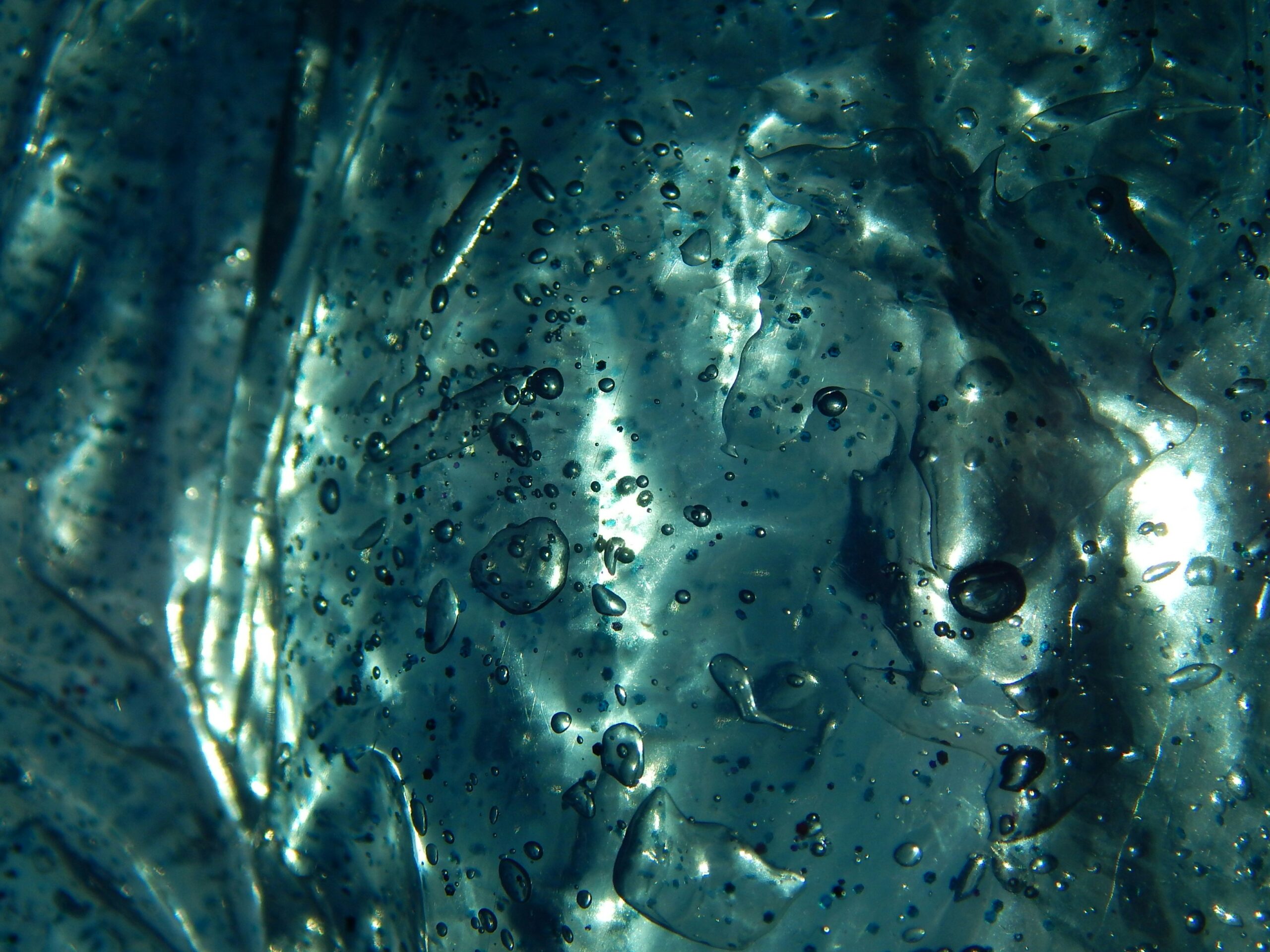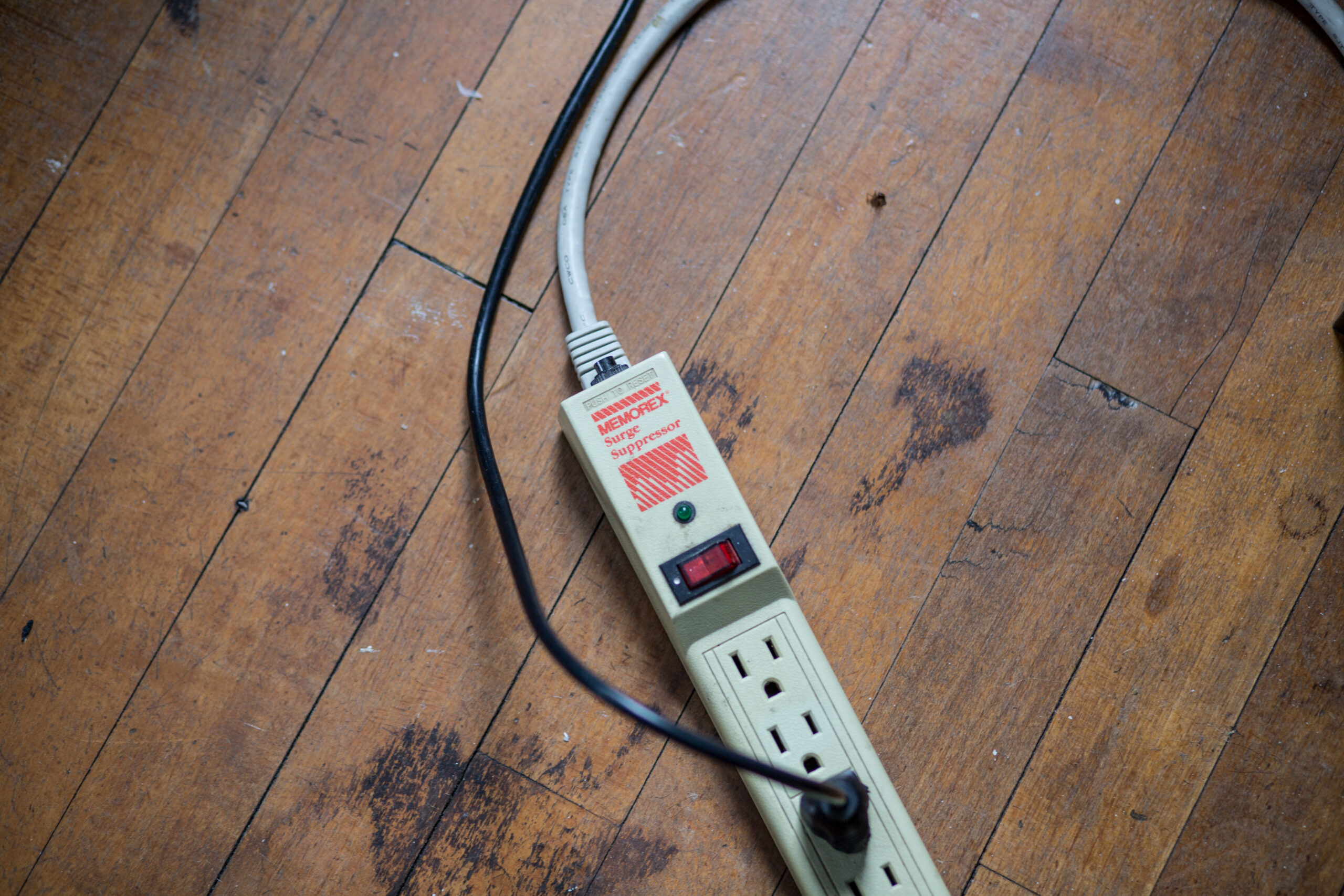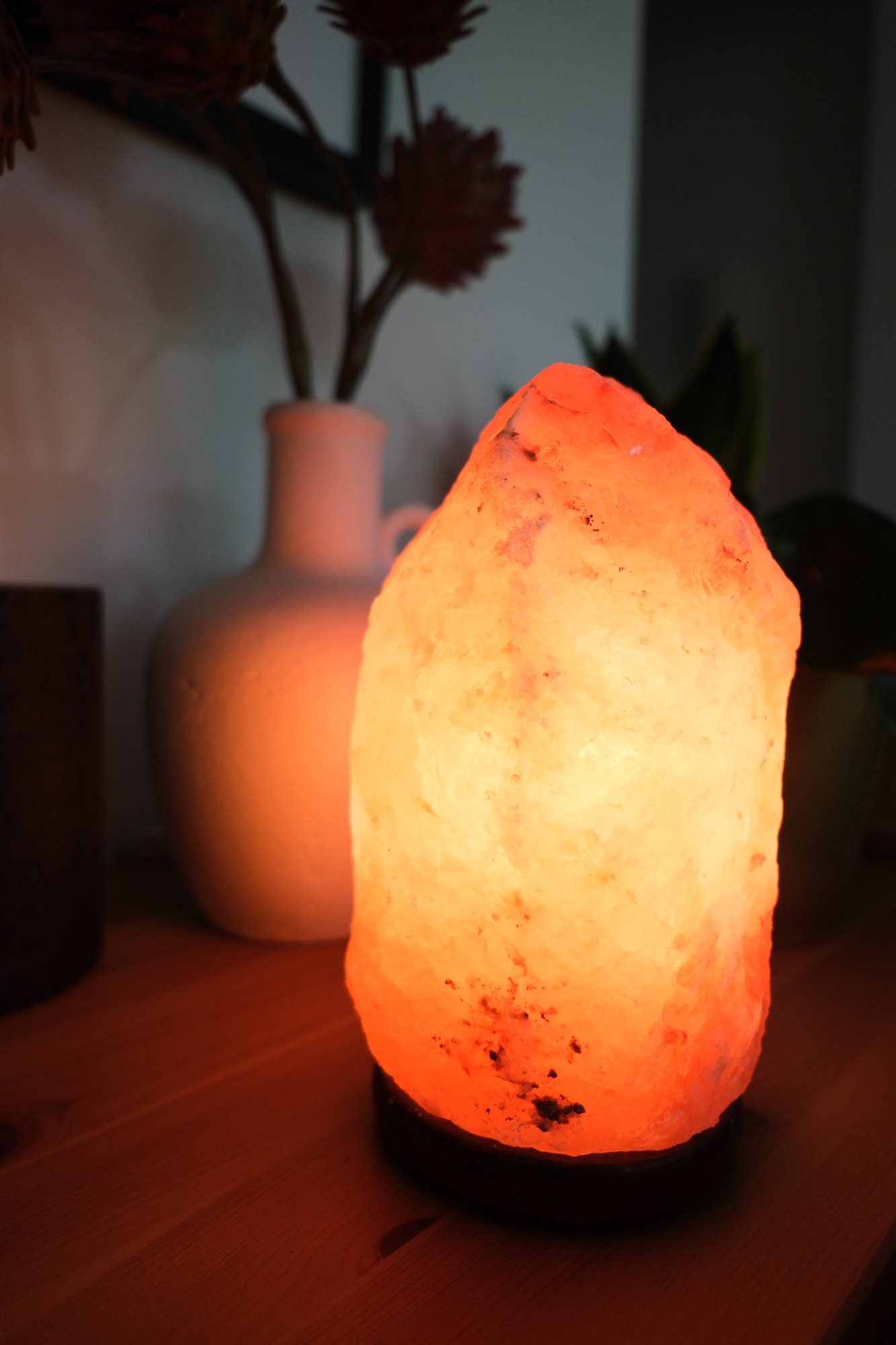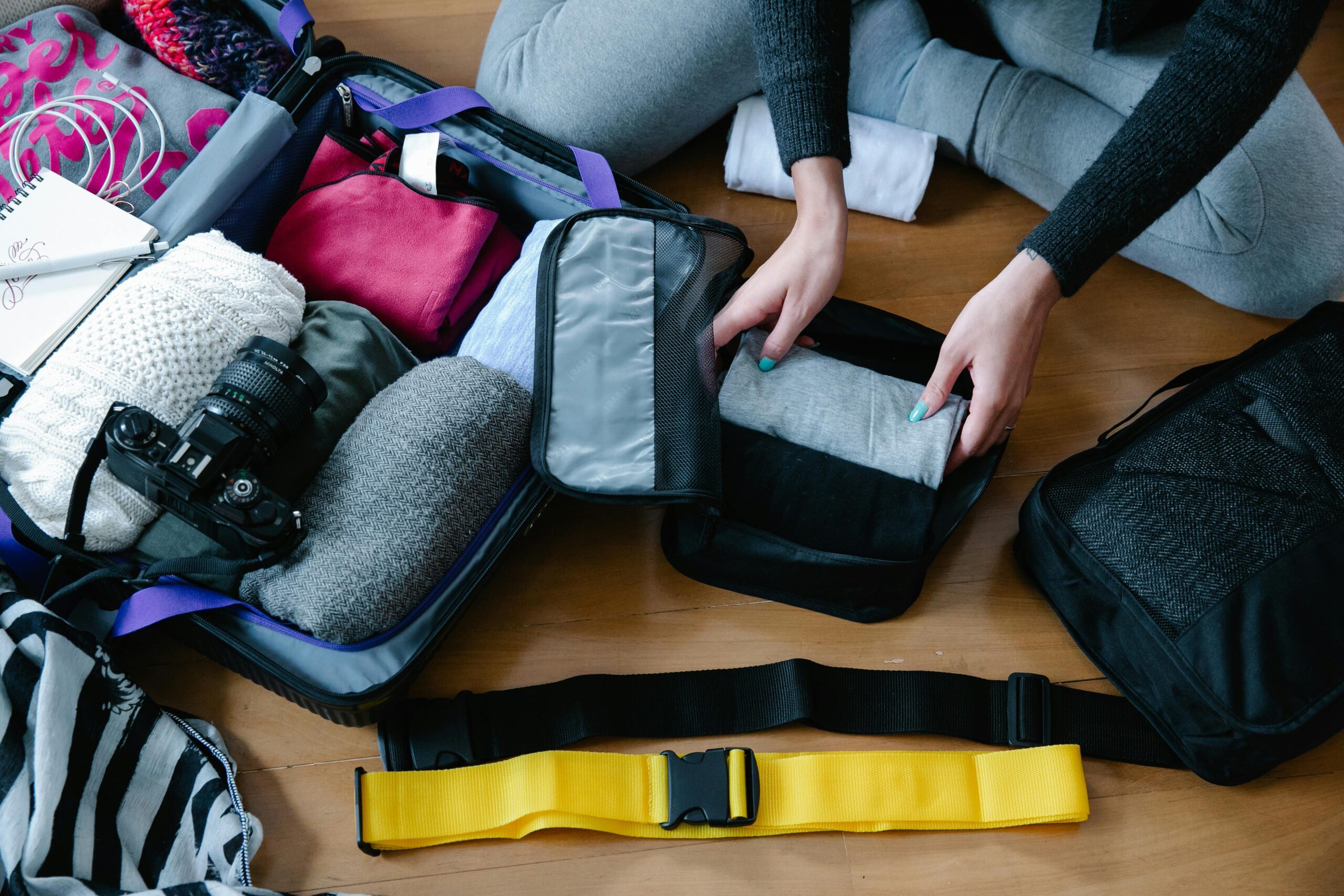Slime has become a staple in children’s play and sensory activities, captivating imaginations and providing hours of fun. This guide will delve into the process of how to make slime covering various recipes, tips, and recommendations for creating the best and most interesting kind for kids.
How To Make Slime
Slime is more than just a toy; it’s an engaging way for kids to explore science, creativity, and sensory play. The process of making it involves simple chemical reactions that transform ordinary household ingredients into a stretchy, gooey substance. This hands-on activity can be both educational and entertaining, making it a popular choice for parents, teachers, and children alike.
Basic Slime Ingredients and Tools
Before diving into specific recipes, it’s important to understand the basic ingredients and tools needed to make slime. Here are the essentials:
- Glue: The primary ingredient for most recipes is PVA (polyvinyl acetate) glue. White school glue and clear glue both work well.
- Activator: This is the ingredient that reacts with the glue to create slime. Common activators include borax, liquid starch, and contact lens solution containing boric acid and sodium borate.
- Water: Used to dissolve the activator and to adjust the slime’s consistency.
- Mixing Bowls and Spoons: Non-reactive bowls and spoons for mixing the ingredients.
- Food Coloring and Glitter: Optional additives to make the slime more visually appealing.
- Measuring Cups and Spoons: For accurate measurement of ingredients.
Classic Slime Recipes
Basic Borax Slime
Ingredients:
- 1 cup of white school glue
- 1 cup of water (plus additional 1/2 cup for borax solution)
- 1 teaspoon of borax
- Food coloring (optional)
Instructions:
- In a mixing bowl, combine the glue and 1 cup of water. Stir until well mixed.
- Add food coloring if desired and mix thoroughly.
- In a separate bowl, dissolve the borax in 1/2 cup of warm water, stirring until completely dissolved.
- Slowly pour the borax solution into the glue mixture, stirring continuously. The slime will begin to form immediately.
- Continue to knead the slime with your hands until it reaches the desired consistency. If it’s too sticky, add a bit more borax solution.
Glue and Baking Soda Slime
Ingredients:
- 1 cup of clear or white school glue
- 1/2 teaspoon of baking soda
- 1 tablespoon of contact lens solution (containing boric acid and sodium borate)
- Food coloring (optional)
Instructions:
- Pour the glue into a mixing bowl.
- Add baking soda and stir until well combined.
- Add food coloring if desired and mix thoroughly.
- Slowly add the contact lens solution while stirring. The slime will begin to form and pull away from the bowl.
- Continue to knead the slime with your hands until it is no longer sticky.
Liquid Starch Slime
Ingredients:
- 1 cup of white school glue
- 1/2 cup of water
- 1/2 cup of liquid starch
- Food coloring (optional)
Instructions:
- In a mixing bowl, combine the glue and water. Stir until well mixed.
- Add food coloring if desired and mix thoroughly.
- Slowly add the liquid starch while stirring. The slime will begin to form immediately.
- Continue to knead the slime with your hands until it reaches the desired consistency. If it’s too sticky, add a bit more liquid starch.
Specialty Slime Recipes
Glitter Slime
Ingredients:
- 1 cup of clear school glue
- 1/2 cup of water
- 1 teaspoon of borax
- 1/2 cup of warm water
- Glitter (in various colors)
Instructions:
- In a mixing bowl, combine the clear glue and 1/2 cup of water. Stir until well mixed.
- Add glitter and stir thoroughly.
- In a separate bowl, dissolve the borax in 1/2 cup of warm water, stirring until completely dissolved.
- Slowly pour the borax solution into the glue mixture, stirring continuously. The slime will begin to form immediately.
- Continue to knead the slime with your hands until it reaches the desired consistency.
Glow-in-the-Dark Slime
Ingredients:
- 1 cup of white school glue
- 1/2 cup of water
- 1 teaspoon of borax
- 1/2 cup of warm water
- Glow-in-the-dark paint
Instructions:
- In a mixing bowl, combine the glue and 1/2 cup of water. Stir until well mixed.
- Add glow-in-the-dark paint and mix thoroughly.
- In a separate bowl, dissolve the borax in 1/2 cup of warm water, stirring until completely dissolved.
- Slowly pour the borax solution into the glue mixture, stirring continuously. The slime will begin to form immediately.
- Continue to knead the slime with your hands until it reaches the desired consistency. Charge the slime under a light source for a few minutes, then turn off the lights to see it glow.
Fluffy Slime
Ingredients:
- 1 cup of white school glue
- 1/2 cup of shaving cream
- 1/2 cup of foaming hand soap
- 1/2 teaspoon of baking soda
- 1 tablespoon of contact lens solution
- Food coloring (optional)
Instructions:
- In a mixing bowl, combine the glue, shaving cream, and foaming hand soap. Stir until well mixed.
- Add food coloring if desired and mix thoroughly.
- Add baking soda and stir until well combined.
- Slowly add the contact lens solution while stirring. The slime will begin to form and pull away from the bowl.
- Continue to knead the slime with your hands until it is no longer sticky and has a fluffy, airy texture.
Magnetic Slime
Ingredients:
- 1 cup of white school glue
- 1/2 cup of water
- 1 teaspoon of borax
- 1/2 cup of warm water
- 1/4 cup of iron oxide powder
- Neodymium magnet
Instructions:
- In a mixing bowl, combine the glue and 1/2 cup of water. Stir until well mixed.
- Add iron oxide powder and mix thoroughly. Be careful, as the powder can be messy.
- In a separate bowl, dissolve the borax in 1/2 cup of warm water, stirring until completely dissolved.
- Slowly pour the borax solution into the glue mixture, stirring continuously. The slime will begin to form immediately.
- Continue to knead the slime with your hands until it reaches the desired consistency.
- Use a neodymium magnet to interact with the slime and watch it respond to the magnetic force.
Tips for Safe Slime Making
- Supervision: Always supervise children when making and playing with slime, especially when using borax or other chemicals.
- Avoid Ingestion: Ensure that children understand that slime is not edible and should not be put in their mouths.
- Allergies and Sensitivities: Be aware of any allergies or sensitivities to the ingredients used in slime recipes.
- Proper Storage: Store slime in an airtight container to keep it from drying out. Discard slime if it becomes moldy or develops an unpleasant odor.
Creative Slime Play Ideas
Slime isn’t just a substance for squeezing and stretching—it’s a versatile tool for various educational and fun activities. Here are some expanded ideas for using slime in creative and engaging ways:
Sensory Bins
Concept: Sensory bins are containers filled with materials that stimulate the senses through touch, sight, sound, and sometimes smell. Slime can be a central component in these bins, offering a gooey texture that intrigues kids.
How to Set Up a Sensory Bin:
- Choose a Container: Select a large, shallow container or plastic bin. Clear bins are ideal as they allow kids to see the contents.
- Fill with Slime: Add different types of slime to the bin—glitter slime, glow-in-the-dark slime, and even scented slime.
- Add Sensory Items: Include small toys, figurines, or objects that can be hidden in the slime for exploration. You might use plastic insects, sea creatures, or even small puzzles.
- Engage the Senses: Encourage children to explore the slime and sensory items. They can dig, scoop, and discover hidden objects.
- Themes: Create themed sensory bins based on seasons, holidays, or educational topics. For instance, a “Dinosaur Dig” bin might include small dinosaur toys and sand-colored slime.
Examples:
- Under the Sea: Blue slime with plastic sea creatures and shells.
- Dinosaur Dig: Brown slime with plastic dinosaurs and “fossils.”
- Space Adventure: Black slime with glow-in-the-dark stars and planets.
Science Experiments
Concept: Slime offers a hands-on way to explore scientific concepts. Here are a few experiments you can conduct using slime:
- Polymer Science: Discuss how slime is a polymer and explain the chemical reaction between glue and activators.
- Activity: Compare the properties of different types of slime. Ask questions like, “What happens when you add more glue or activator?”
- Non-Newtonian Fluids: Explore how slime behaves as both a solid and a liquid.
- Activity: Perform experiments to show how slime can act like a liquid when poured but a solid when squeezed quickly.
- Acidity and Alkalinity: Test how different activators affect the slime’s properties.
- Activity: Use pH strips to compare the acidity of slime made with borax versus baking soda and contact lens solution.
Examples:
- Slime Density: Add materials like beads or small plastic objects to see how they float or sink in different types of slime.
- Slime Reactions: Mix slime with other substances like vinegar or baking soda to observe reactions.
Art Projects
Concept: Slime can be a medium for creating unique art pieces. Here’s how to incorporate slime into art activities:
- Slime Paintings: Use slime as a “paint” to create textured artwork.
- Activity: Spread slime on a canvas or paper, then use tools like brushes, sticks, or fingers to create patterns and textures.
- Slime Sculptures: Shape slime into different forms or figures.
- Activity: Provide different colored slimes and tools for children to mold and create sculptures.
- Slime Prints: Make prints using slime as a stamping medium.
- Activity: Roll slime onto a surface, then press it onto paper to create textured prints.
Examples:
- Texture Art: Create abstract pieces focusing on texture and color.
- Sculpture Creations: Build figures like animals or people out of different colored slimes.
Storytelling and Role Play
Concept: Slime can be used to inspire imaginative play and storytelling. Here’s how to use slime as a part of storytelling:
- Slime Characters: Create characters out of slime for imaginative stories.
- Activity: Shape slime into characters or use slime as props in a story. Encourage kids to come up with their own stories and adventures.
- Adventure Games: Set up scenarios where slime is a part of the adventure.
- Activity: Create a “Slime Quest” where kids must navigate through “slime obstacles” to find hidden treasures or complete challenges.
Examples:
- Slime Monsters: Create monster characters for a fantasy adventure.
- Slime Detectives: Set up a mystery game where children find clues hidden in different types of slime.
Cleaning Up After Slime Play
Cleaning up after slime play can be straightforward with the right techniques. Here’s a detailed guide for effective cleanup:
Surfaces
1. Immediate Cleaning:
- Wipe Down: Use a damp cloth or paper towels to wipe up as much slime as possible from surfaces. A mixture of warm water and dish soap works well for this task.
- Scrub Residue: For stubborn slime spots, use a mild abrasive cleaner or baking soda with water. Scrub gently to avoid damaging surfaces.
2. Deep Cleaning:
- For Tables and Floors: Clean with warm, soapy water. For stubborn slime, use a vinegar-water solution (one part vinegar to two parts water).
- For Carpet: Blot the area with a damp cloth. If slime has dried, gently scrape off as much as possible, then use a carpet cleaner or a vinegar-water solution.
3. For Non-Washable Surfaces:
- Try Sticky Tape: Use sticky tape or duct tape to lift slime off surfaces. Press the tape onto the slime and peel it away.
Clothing
1. Dry Slime Removal:
- Scrape Off: Allow the slime to dry, then scrape off as much as possible with a spoon or spatula.
2. Washing:
- Pre-Treat Stains: Rub the stained area with a mixture of dish soap and warm water before laundering.
- Wash: Follow the clothing label’s instructions for washing, using the warmest water temperature safe for the fabric.
Hair
1. Removing Slime:
- Conditioner Method: Apply a generous amount of conditioner to the slime. Work it through the hair with your fingers, then rinse with warm water.
- Combing: Use a wide-tooth comb to remove slime from the hair.
2. Alternative Methods:
- Olive Oil: Apply a small amount of olive oil to the affected area, then wash as usual.
Hands
1. Washing Hands:
- Soapy Water: Wash hands with warm, soapy water. If slime is stubborn, use a mixture of baking soda and water to scrub hands.
- Hand Sanitizer: Alcohol-based hand sanitizer can also help dissolve slime.
Troubleshooting Common Slime Problems
Even with careful preparation, you might encounter issues with your slime. Here’s a guide to common problems and their solutions:
Too Sticky
Problem: The slime sticks excessively to hands and surfaces.
Solution:
- Add More Activator: Slowly add a small amount of your activator (borax solution, contact lens solution, or liquid starch) and knead the slime.
- Adjust Ingredients: Check the ratios of glue to activator. Sometimes a bit more activator or glue can balance the texture.
Prevention:
- Measure Accurately: Ensure you follow the recipe proportions precisely.
- Add Activator Gradually: Add activator slowly to avoid overdoing it.
Too Runny
Problem: The slime is too liquidy and doesn’t hold its shape.
Solution:
- Add More Glue: Incorporate a bit more glue into the mixture and mix well.
- Add More Activator: Add additional activator in small amounts and knead the slime until it thickens.
Prevention:
- Check Consistency: Aim for a consistency that is neither too thick nor too thin before adding more activator.
Too Stiff
Problem: The slime is too firm and difficult to stretch.
Solution:
- Add More Liquid: Add a few drops of water or more glue to make the slime softer.
- Adjust Ratios: Check the proportions of baking soda to contact lens solution or activator. You might need to tweak the recipe.
Prevention:
- Avoid Over-Mixing: Over-mixing can make the slime too stiff.
Slime Has Mold or Unpleasant Odor
Problem: Slime develops mold or starts to smell bad.
Solution:
- Discard Old Slime: Moldy slime should be thrown away. Always store slime in an airtight container to prevent mold.
- Clean Containers: Wash slime containers thoroughly before reusing them.
Prevention:
- Proper Storage: Keep slime in a sealed container away from heat and direct sunlight.
- Monitor for Signs: Check for changes in smell or appearance.
Slime is Lumpy
Problem: Slime has an uneven texture with lumps.
Solution:
- Mix Thoroughly: Stir the slime well to break up lumps. If lumps persist, knead the slime with your hands.
- Add More Liquid: Sometimes, lumps form if there is not enough liquid. Add a small amount of water or activator.
Prevention:
- Mix Properly: Ensure ingredients are mixed thoroughly before adding activator.
Conclusion
Making slime is a fun and educational activity that can provide endless entertainment for kids. With a variety of recipes and the ability to customize slime with different colors, textures, and additives, the possibilities are nearly limitless. By following the steps and tips outlined in this guide, you’ll be well-equipped to create safe and enjoyable slime experiences for children. Whether you’re making classic borax slime, fluffy slime, or exploring the wonders of glow-in-the-dark and magnetic slime, each batch offers a unique opportunity for hands-on learning and creative play.



